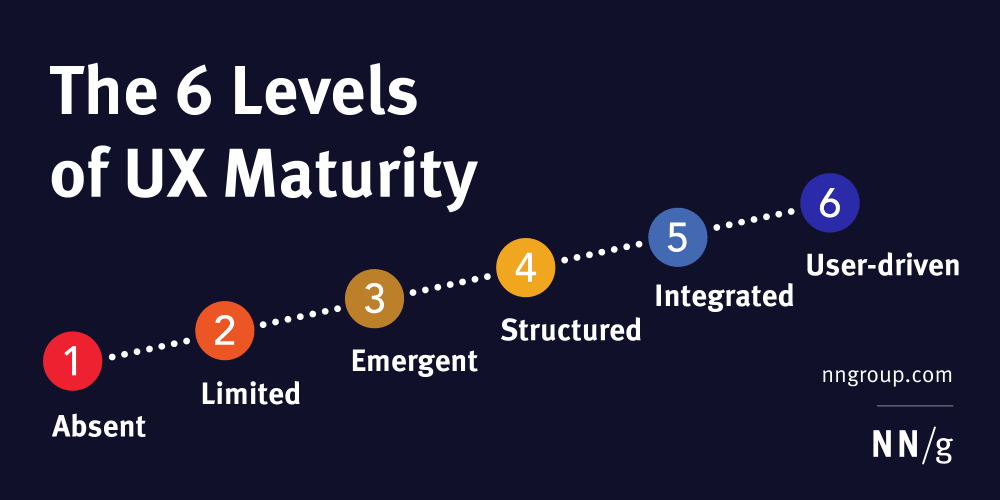Programming languages are an integral part of data science and machine learning. Data scientists and other data science professionals use a variety of programming languages to extract insights, build data science models, and leverage data science for data-driven decision-making. However, with plenty of options available, it becomes difficult to choose the best programming language for your projects. Deciding whether to go for the most popular programming language, like Python, or opt for task-specific programming languages like R and SQL, can be a daunting task.
So, in this article let us explore some of the most popular and widely used programming languages for data science and machine learning.
1. Python
Python is undoubtedly the most popular and most used programming language. According to the Stack Overflow Developer Survey, 2023, it was found that a whopping 83.7% of data science professionals including senior data scientists use Python.
Here are a few reasons that make it popular in the data science industry:
• Readability and simplicity: It is clear and concise like natural language. Thus, it makes it easier to learn and code, even for beginners who do not have any previous programming experience.
• Extensive libraries and frameworks: whether you are a beginner or an expert programmer, Python offers an extensive library of pre-written code for all data science and machine learning tasks. It has NumPy for numerical computation, Pandas for data manipulation, Scikit-learn for machine learning algorithms, TensorFlow and PyTorch for deep learning, and so on.
• Versatile: Python can be used for a variety of tasks and is not limited to just data science. It can be used for data visualization, web development, and even automation.
2. R
R is popular among statisticians and researchers because of its computing and analysis prowess. Here’s what makes R stand out from other programming languages:
• Statistical Prowess: it was designed specifically to handle statistical computing and data analysis and offers a number of built-in functions for statistical modeling, hypothesis testing, and data visualization. And thus, R becomes the natural choice for tasks like hypothesis testing, time-series analysis, and high-quality visualizations.
• Large community and packages: just like Python, R also has a huge community of developers and researchers that continuously contribute towards making the collection of packages extensive.
But R comes with some limitations as well. It is difficult to learn as compared to Python. Also, it is not easy to seamlessly integrate it with other programming languages. Moreover, R can sometimes be less efficient in processing large-scale data.
3. SQL
SQL is another general-purpose programming language similar to Python and R. However, it is an essential tool that helps data science professionals interact with relational databases that are used to store and manage structured data.
*Notable features of SQL include: *
• Data access and manipulation: it helps to efficiently retrieve, filter, and manipulate data and is great for data cleaning, feature engineering, and data pre-processing for analysis in Python and R.
• Widespread use: if you are looking to get into a data science career, then having knowledge of SQL is essential as it is used across industries and is a highly sought-after data science skill. If you are good with SQL, then you can work with data from a variety of sources.
Other Popular Programming Languages
Python, R, and SQL always top the chart of most popular programming languages for data science and machine learning. However, there are several other programming languages that hold value in the field of data science:
4. Java
It is an object-oriented language and is best suited for large-scale, enterprise-level data science projects. It is highly scalable and can handle huge datasets effectively which makes it an in-demand language in several data-intensive industries. In addition, frameworks like Apache Spark, they become excellent for distributed computing on big data.
5. Julia
Though it a relatively new, it is gaining popularity quite rapidly because of its exceptional speed and focus on scientific computing. It comes with both excellent readability and powerful performance, which makes it a better option for tasks like simulations and complex machine learning models which are computationally intensive.
6. Scala
It is somewhat similar to Java and is known for effectively handling big data projects. Frameworks like Apache Spark, and Apache Flink further enhance Scala’s capabilities for distributed data processing.
Having knowledge of these best programming languages is often necessary and even mandatory if you want to pursue data science certification programs to learn new skills and take your career forward.
Conclusion
The world of data science is evolving rapidly and the language you mostly use defines the future of data science and machine learning. Choosing the right language majorly depends upon various factors including your specific needs and project requirements. You must also consider factors like the type of data you are working with, and what level of performance you are expecting from a programming language. Also, consider the skillset of your team and the industry you are working in. These factors will help you choose the right programming language and reap maximum efficiency.



















